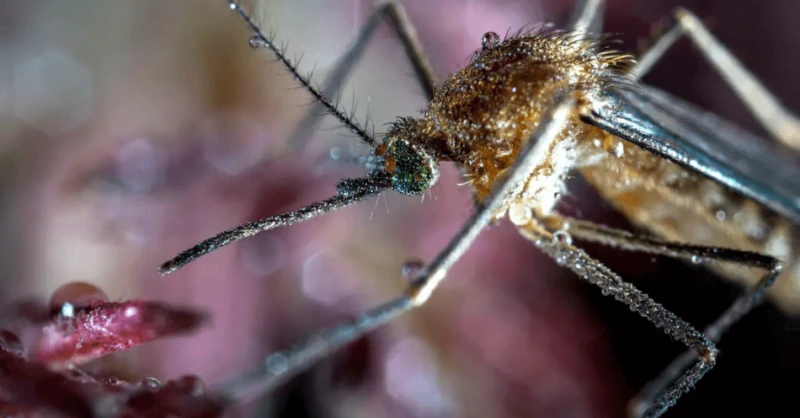How CRISPR gene editing technology can eliminate disease-spreading mosquitoes
How CRISPR gene editing technology can eliminate disease-spreading mosquitoes


Scientists have uncovered a new technique they call the “precision-guided sterile insect technique,” or pgSIT.
While most CRISPR procedures affect organisms that spread diseases by passing a gene change down generations, this system is more limited. It targets male mosquito genes that are linked to fertility.
The technology could be specifically used in places that are suffering from mosquito-borne diseases and illnesses. According to the release, pgSIT mosquito eggs could be shipped to these locations (or produced locally) and distributed within that specific environment. Once they hatch, the males will mate with females and produce sterile mosquitoes […]. Alternatively, if the situation is dire, the scientists noted that adult pgSIT mosquitoes could be released, which results in faster suppression of the mosquito population.
The researchers also noted that it’s possible for the technology to be used on other insect populations that spread disease. “The study suggests pgSIT may be an efficient technology for mosquito population control and the first example of one suited for real-world release,” the researchers said in the release. “Going forward, pgSIT may provide an efficient, safe, scalable and environmentally friendly alternative next-generation technology for wild population control of mosquitoes, resulting in wide-scale prevention of human disease transmission.”
This is an excerpt. Read the original post here.

 | Videos | More... |

Video: Nuclear energy will destroy us? Global warming is an existential threat? Chemicals are massacring bees? Donate to the Green Industrial Complex!
 | Bees & Pollinators | More... |

GLP podcast: Science journalism is a mess. Here’s how to fix it

Mosquito massacre: Can we safely tackle malaria with a CRISPR gene drive?

Are we facing an ‘Insect Apocalypse’ caused by ‘intensive, industrial’ farming and agricultural chemicals? The media say yes; Science says ‘no’
 | Infographics | More... |

Infographic: Global regulatory and health research agencies on whether glyphosate causes cancer
 | GMO FAQs | More... |

Why is there controversy over GMO foods but not GMO drugs?

How are GMOs labeled around the world?

How does genetic engineering differ from conventional breeding?
 | GLP Profiles | More... |

Alex Jones: Right-wing conspiracy theorist stokes fear of GMOs, pesticides to sell ‘health supplements’




 Viewpoint — Fact checking MAHA mythmakers: How wellness influencers and RFK, Jr. undermine American science and health
Viewpoint — Fact checking MAHA mythmakers: How wellness influencers and RFK, Jr. undermine American science and health Viewpoint: Video — Big Solar is gobbling up productive agricultural land and hurting farmers yet providing little energy or sustainabilty gains
Viewpoint: Video — Big Solar is gobbling up productive agricultural land and hurting farmers yet providing little energy or sustainabilty gains Trust issues: What happens when therapists use ChatGPT?
Trust issues: What happens when therapists use ChatGPT? Fighting deforestation with CO2: Biotechnology breakthrough creates sustainable palm oil alternative for cosmetics
Fighting deforestation with CO2: Biotechnology breakthrough creates sustainable palm oil alternative for cosmetics California, Washington, Oregon forge immunization alliance to safeguard vaccine access against federal undermining
California, Washington, Oregon forge immunization alliance to safeguard vaccine access against federal undermining 30-year-old tomato line shows genetic resistance to devastating virus
30-year-old tomato line shows genetic resistance to devastating virus The free-range chicken dilemma: Better for birds, but with substantial costs
The free-range chicken dilemma: Better for birds, but with substantial costs ‘You have to treat the brain first’: Rethinking chronic pain with Sanjay Gupta
‘You have to treat the brain first’: Rethinking chronic pain with Sanjay Gupta
